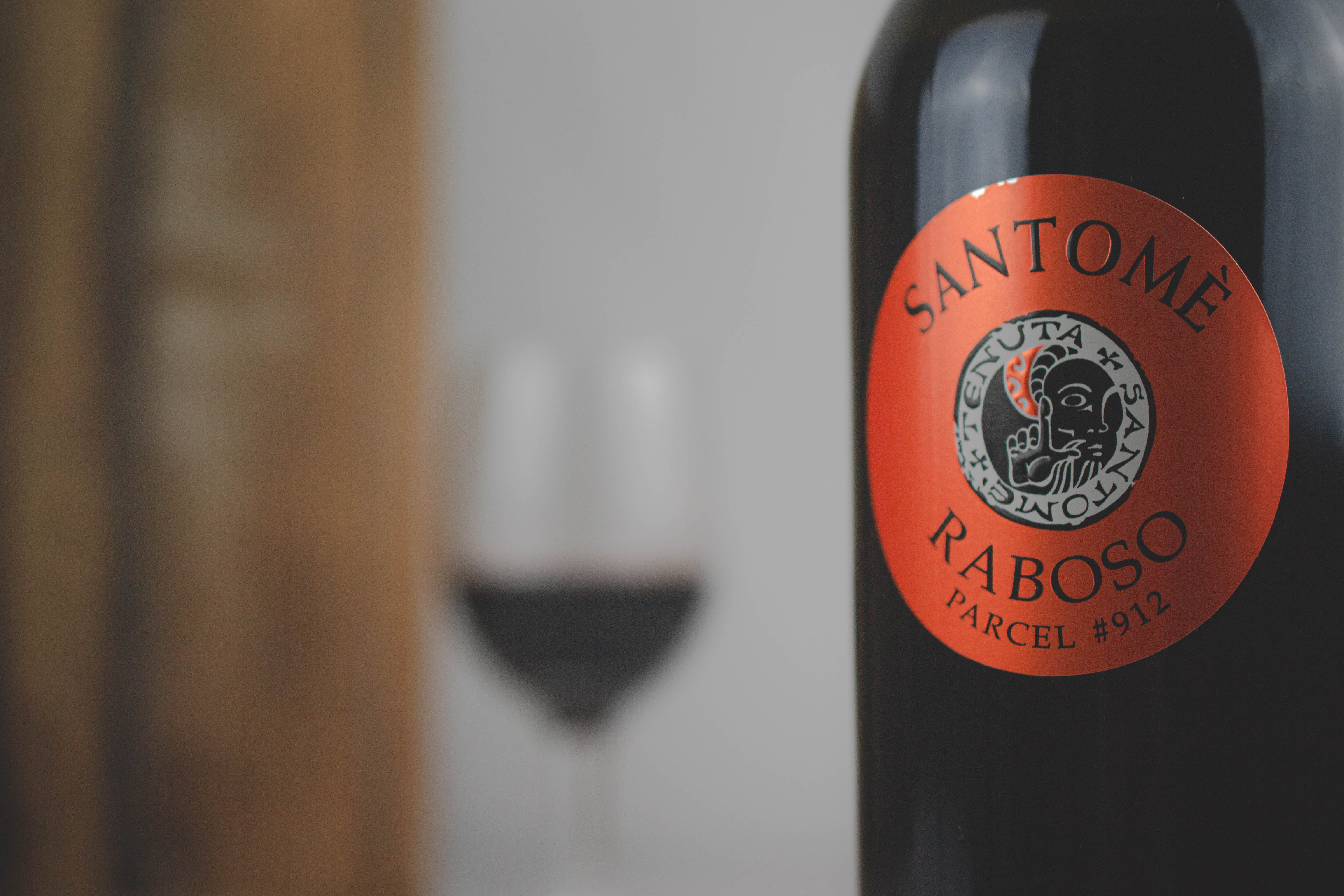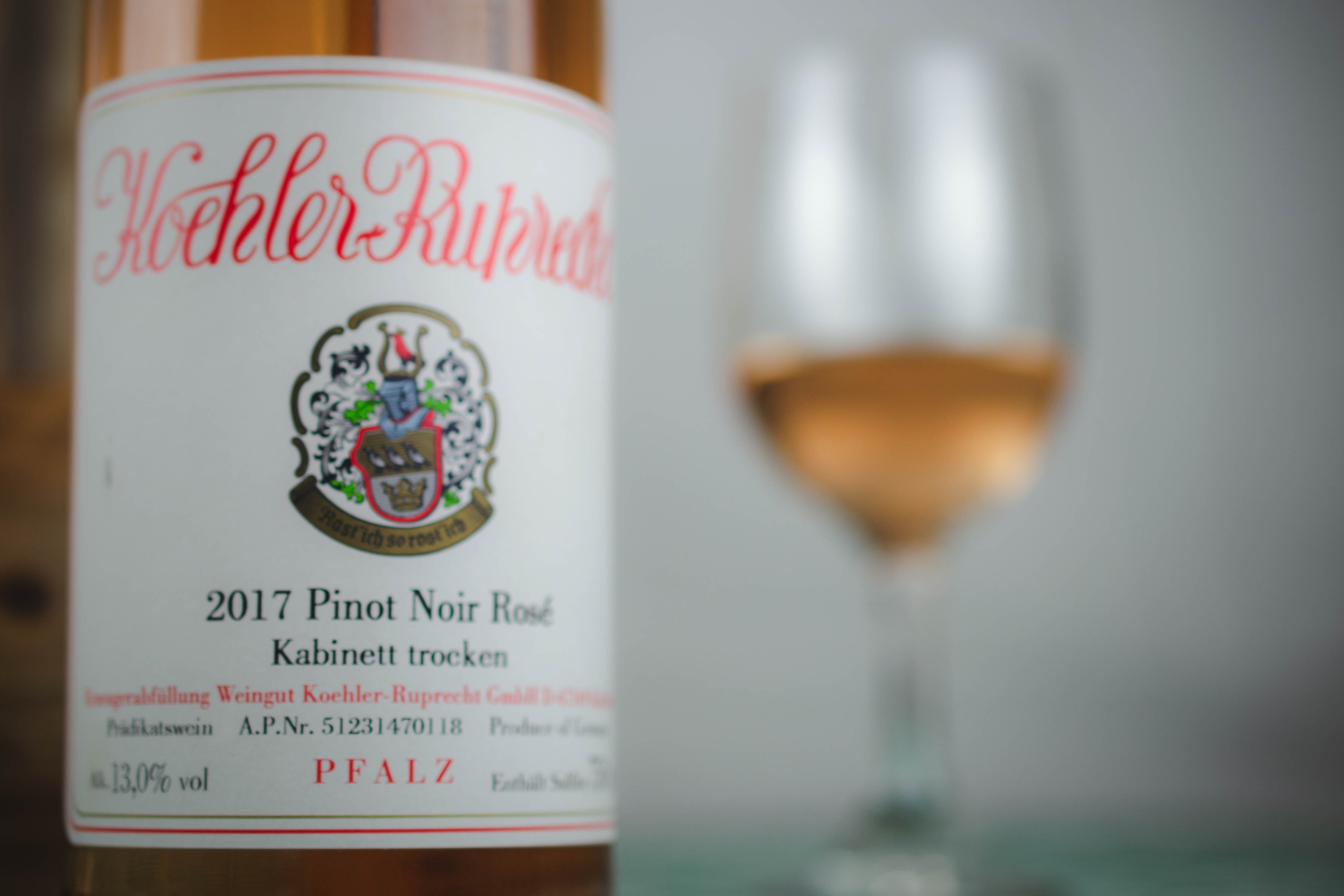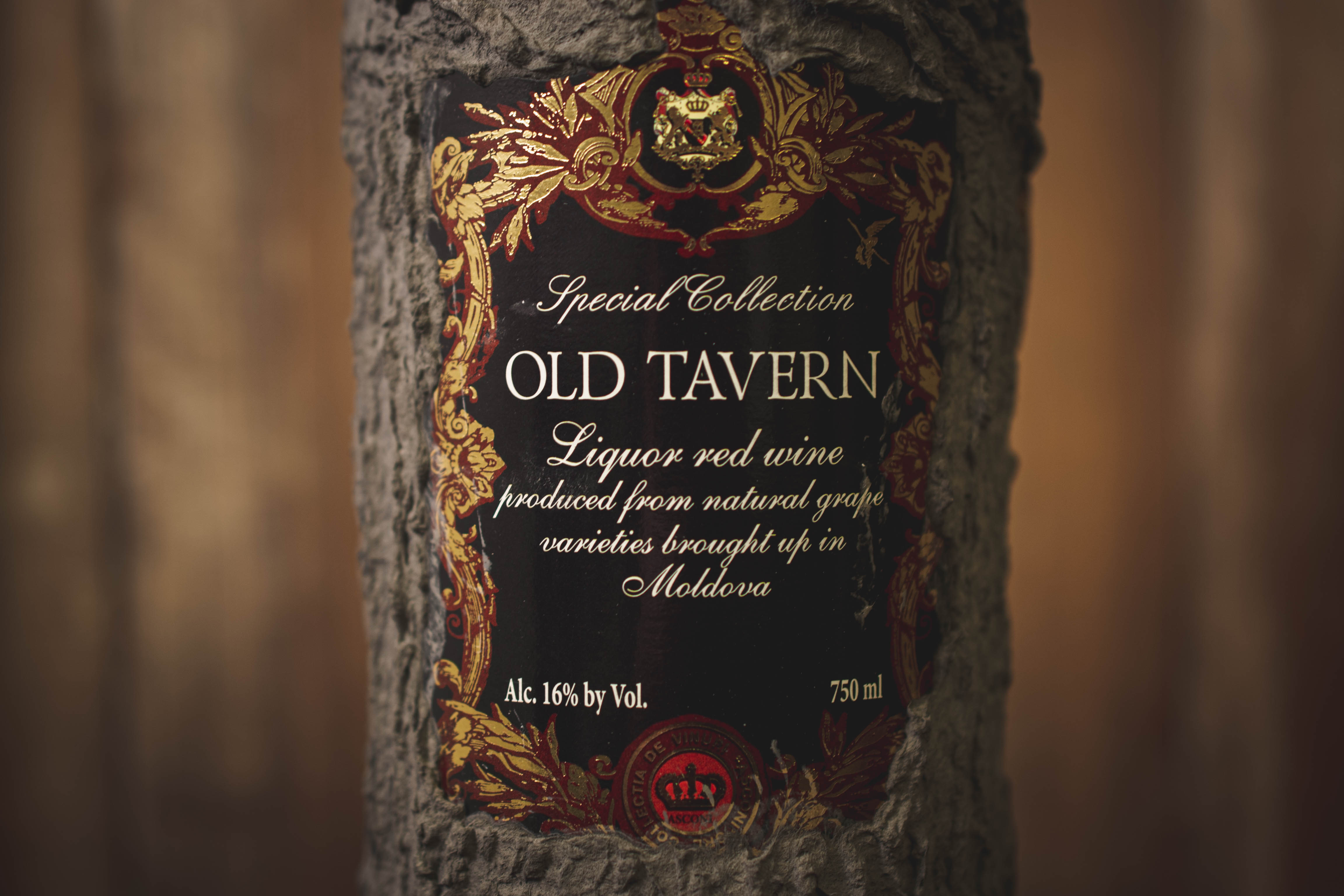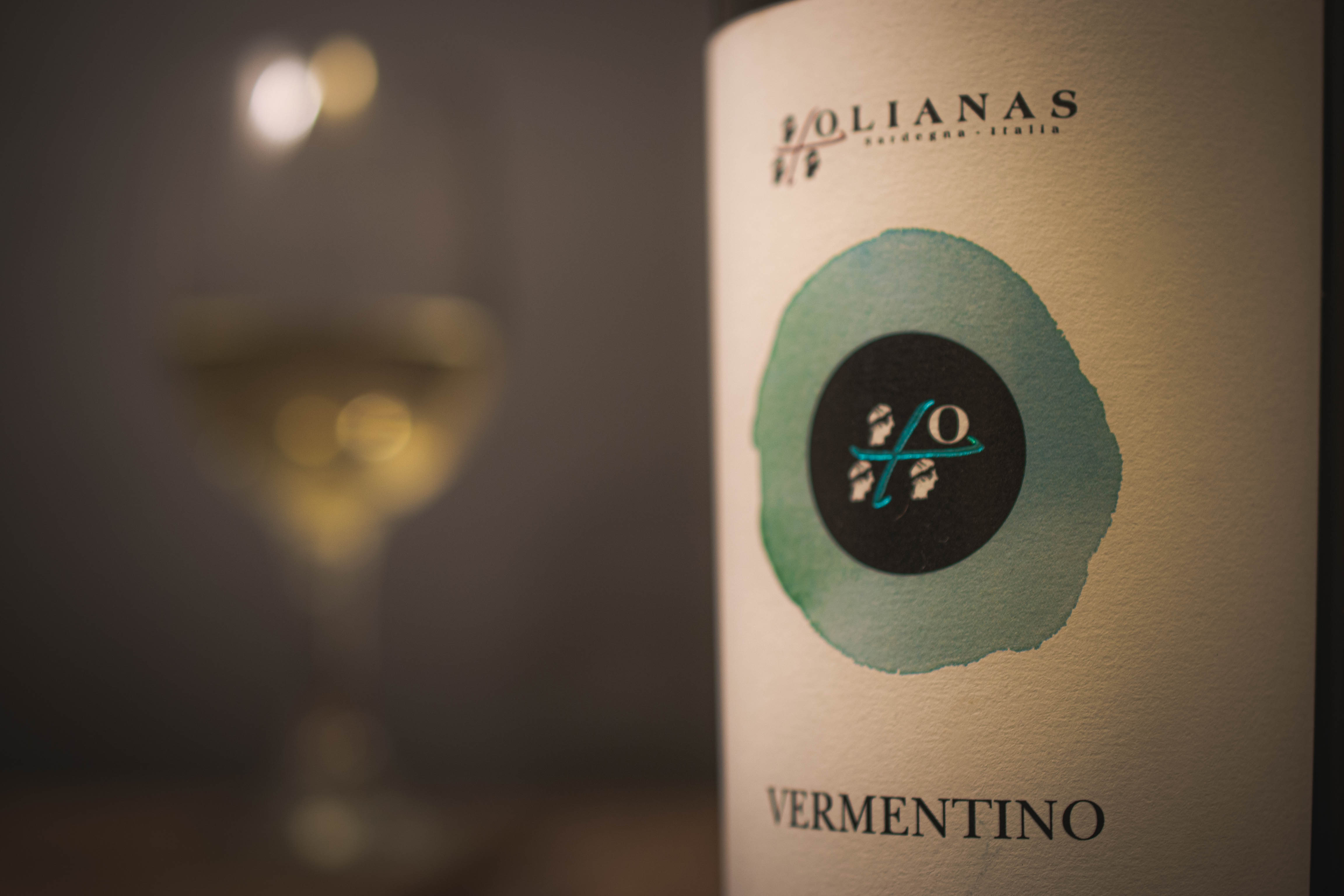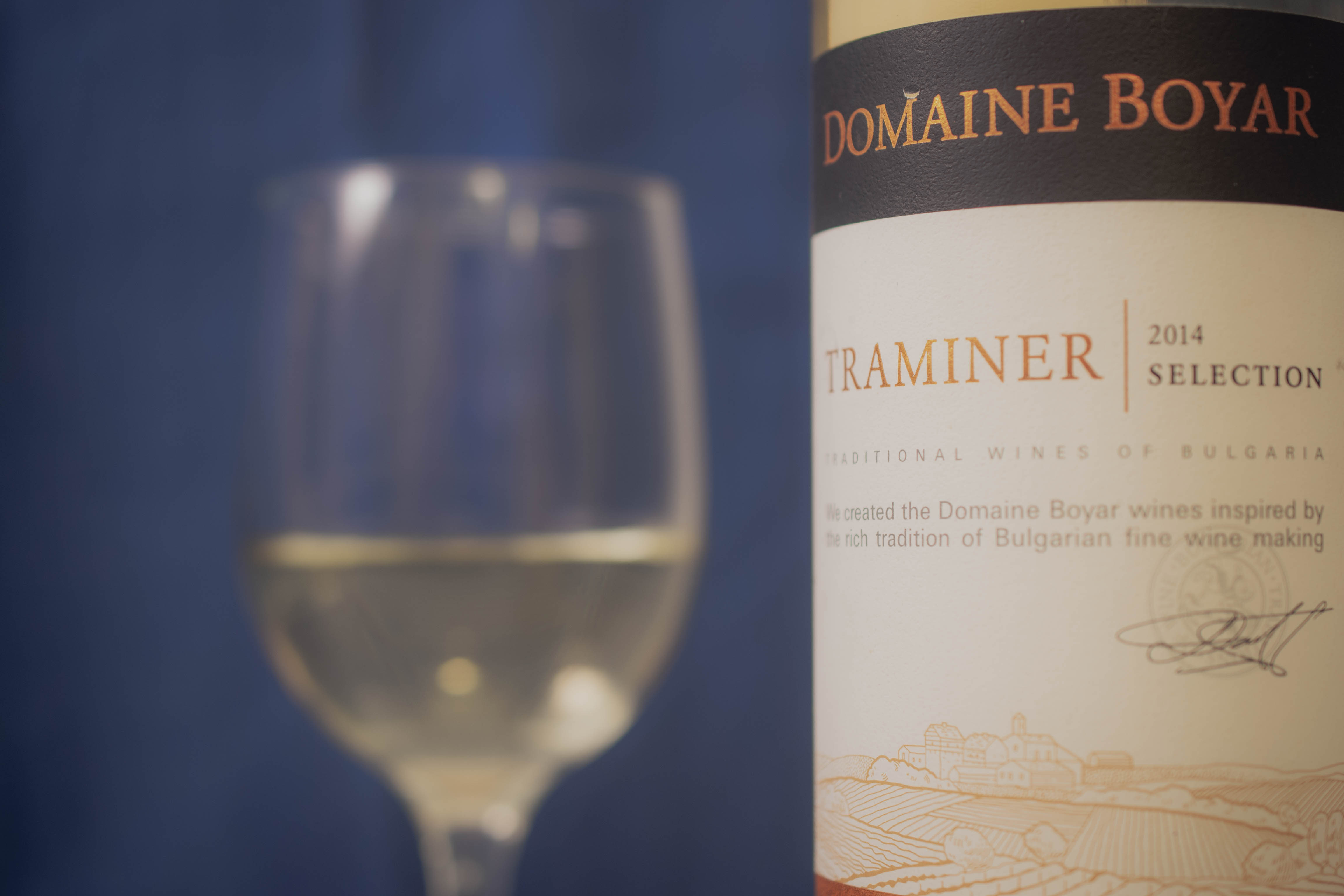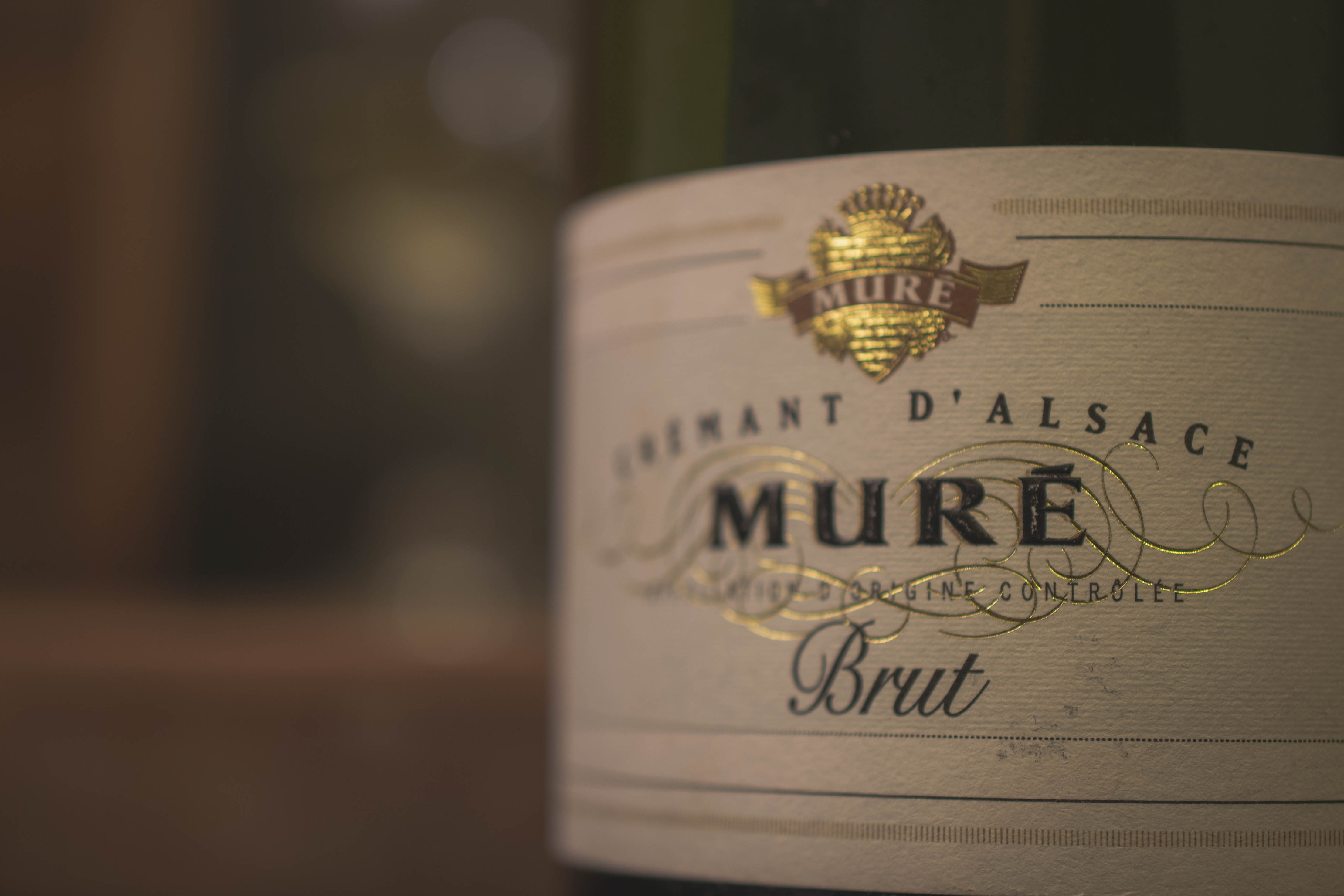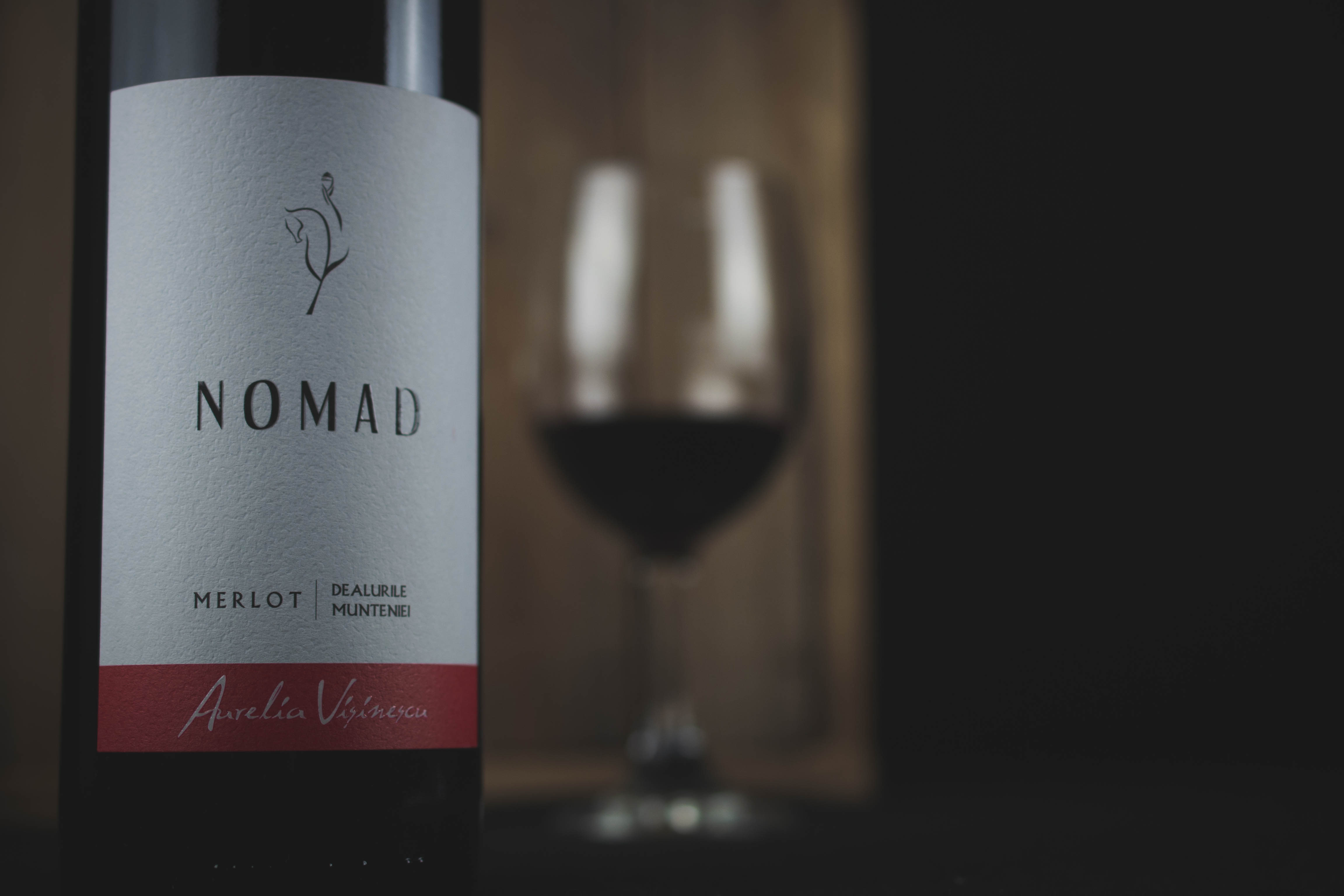Grape(s): Raboso Piave
Region: Veneto, Italy
Winery: Tenuta Santomé
Style: Full-bodied, aged, red
Tasting Notes: Bourbon soaked cherry, leather, tobacco, fig, date, toffee, caramel
Pairing Suggestions: This is a wine you want to be at the center of your gathering, not competing for attention against an expensive steak, although they would pair nicely. For me, I’d serve this with a nice big charcuterie and cheese board, something that will provoke thought and conversation around the wine, which should enhance everyone’s enjoyment.
TL/DR: It tastes like Ron Burgundy’s apartment.
I haven’t really updated much in the past couple of months and, yeah, I’ve been busy at work, but the truth is I was kind of burning out on the whole blogging thing. For the most of the past year I’ve really been pushing myself in my free time to try new wines and write about them, but, let’s face it, not every wine is really so remarkable that I can spend a couple hours contemplating it and finding something meaningful to say. I didn’t like the idea that I was posting content just to post content.
It’s important to have a drive to constantly create, but if what you’re creating isn’t good, what’s the point? I wanted to be inspired, to remember what it was about wine that made me love it in the first place.
By chance, one of our reps was touring through the city with an Italian winemaker, showing him around and tasting out his wines. I wasn’t initially in the meeting, but was called in toward the end to try a few things. My interest was low, we weren’t really looking for new wines at that moment, but I was polite and tried what was offered. None of it was bad, but our selection is small and we just didn’t need a new Chardonnay or Pinot Grigio. Finally I was handed a glass made from a local grape, something I’d never heard of before, exactly the kind of thing I’m usually scouring the city to find, my interest was suddenly piqued.
The wine was Tenuta Santomé Raboso Riserva 2011. Raboso, in this case, refers to Raboso Piave, a notoriously astringent grape that has a reputation for being difficult to work with. When consumed young, wines produced from this grape are aggressively tannic, which helps to explain the name, Raboso, which literally means “angry” or “pissed off.” Like many angry youths, Raboso mellows as it matures to become more sophisticated and complex in it’s later years.
In this case the wine is developed in batches, spending the first 3 years in barrel, some maturing in French oak and others in Chestnut, before being blended together and aged in bottle for a further 2 years. The winemaker considers the it ready for consumption after 5 years and releases it for sale.
It’s rare to have the opportunity to drink aged wine in today’s market, unless you’re willing to invest time or spend some money. Every bottle of wine comes with some risk (cork taint, oxidation, etc), but the more money you spend, the greater the risk involved. This is one of the most exciting things about Tenuta Santomé’s wine for me, the producer has taken the lion’s share of the risk in creating this magnificent wine by aging it before release, all we have to do is enjoy it.
As wine ages it loses those bright fruit flavors to develop more rich flavors like toffee, tobacco, mahogany, leather-bound books, bourbon-soaked cherry; basically it tastes like Ron Burgundy’s apartment. If you’ve never had the opportunity to experience an aged wine, this is one worth seeking out.
As I said before, we weren’t looking for a wine when the winemaker came to visit, there really wasn’t even room on our list, but when you stumble across a wine like this, you don’t let it escape. We made room.
I don’t like buying the same bottle twice; once I’ve tried something I like to move on and look for new things, but there isn’t a day that goes by that I don’t consider taking a bottle of this home. For me, it represents everything good about wine; it’s the reason we place importance on it, why we drink it. This is a wine Bacchus would have served at one of those ancient Roman rave/ orgies. It’s also a metaphor for life, showing us that the fire of youth can become something greater with age, and a reminder that we should seize the opportunity to enjoy what we have while we have it.
